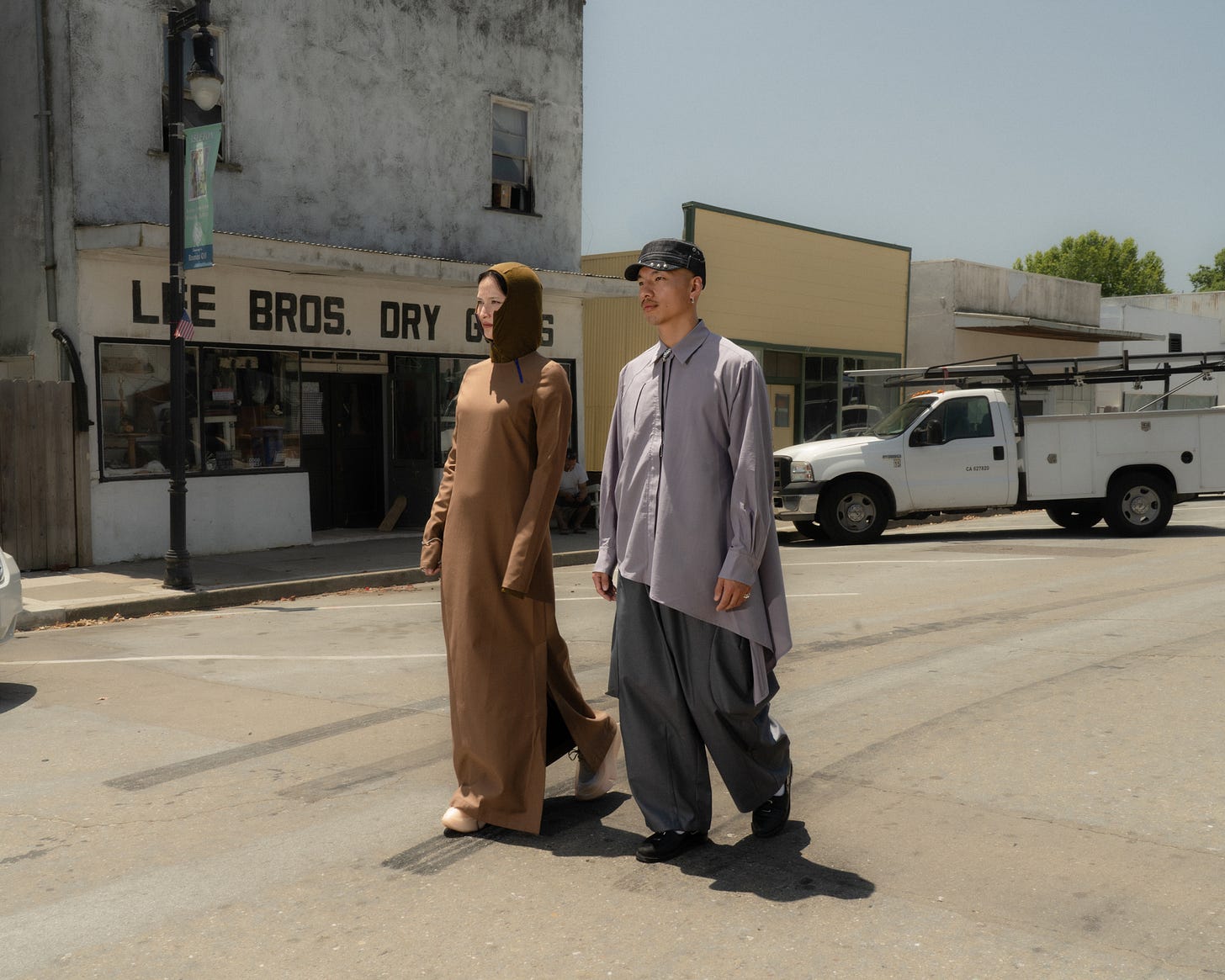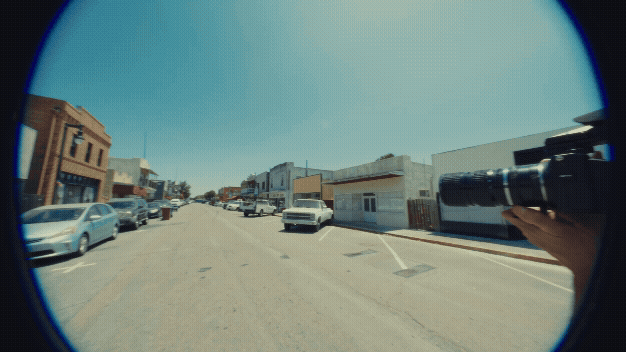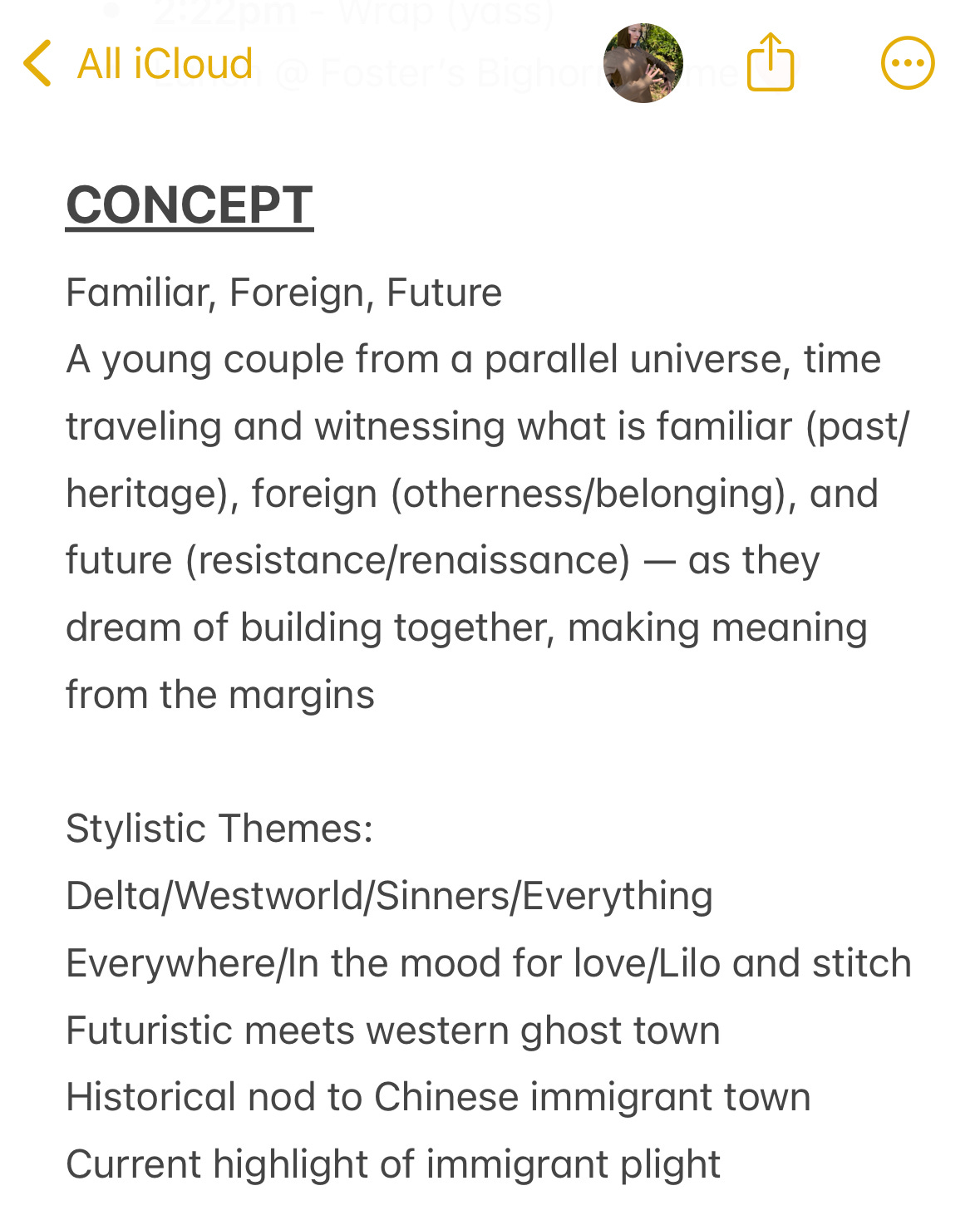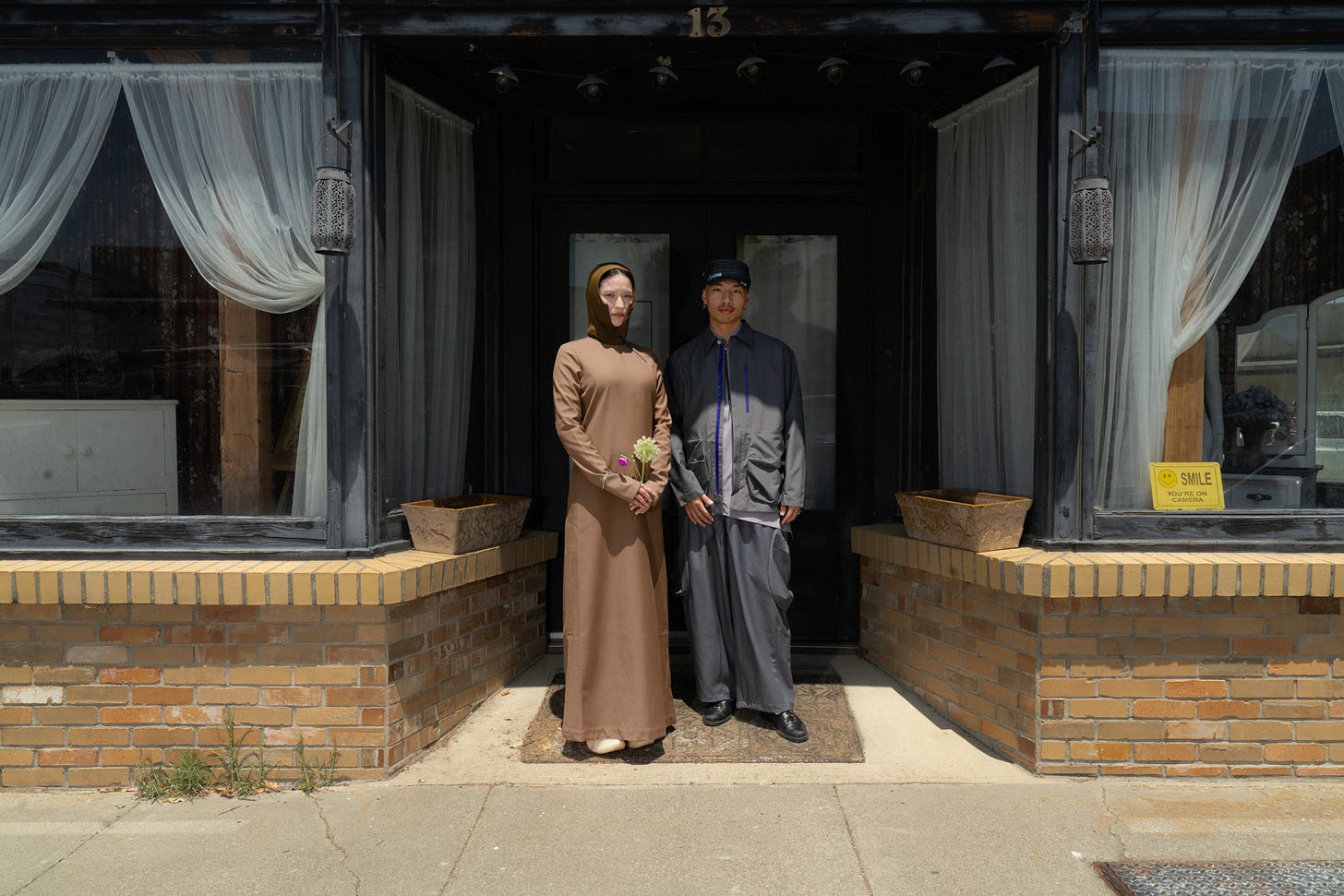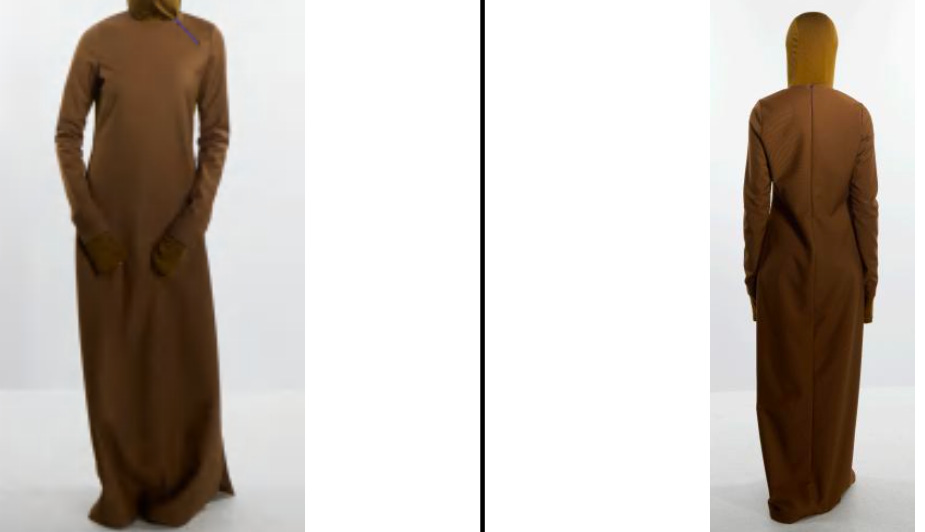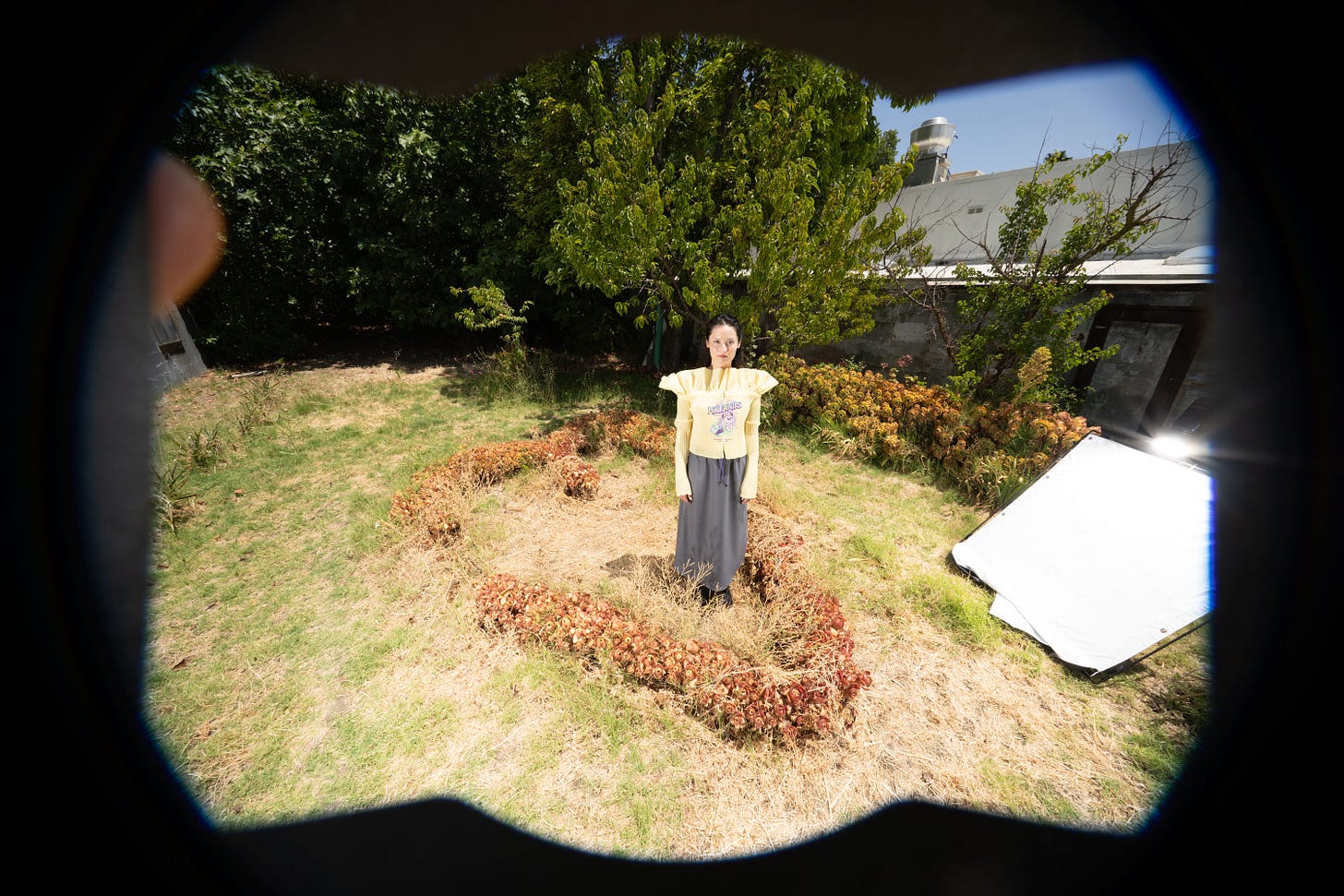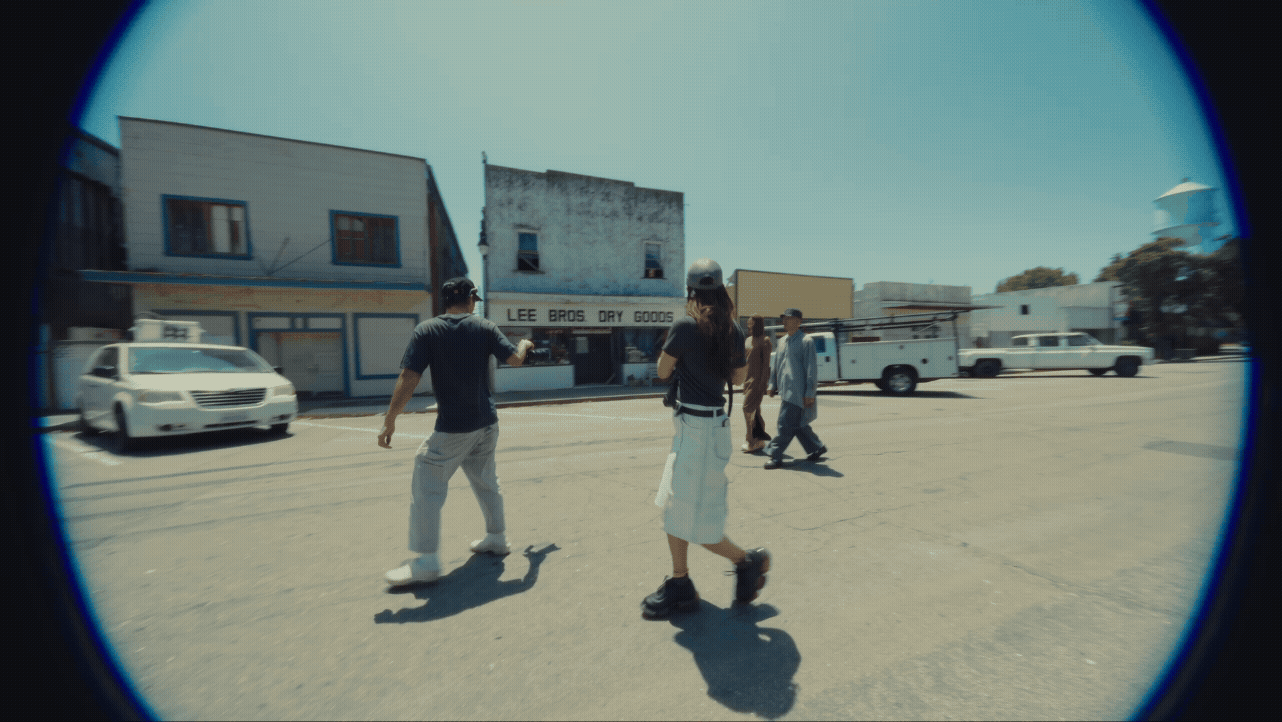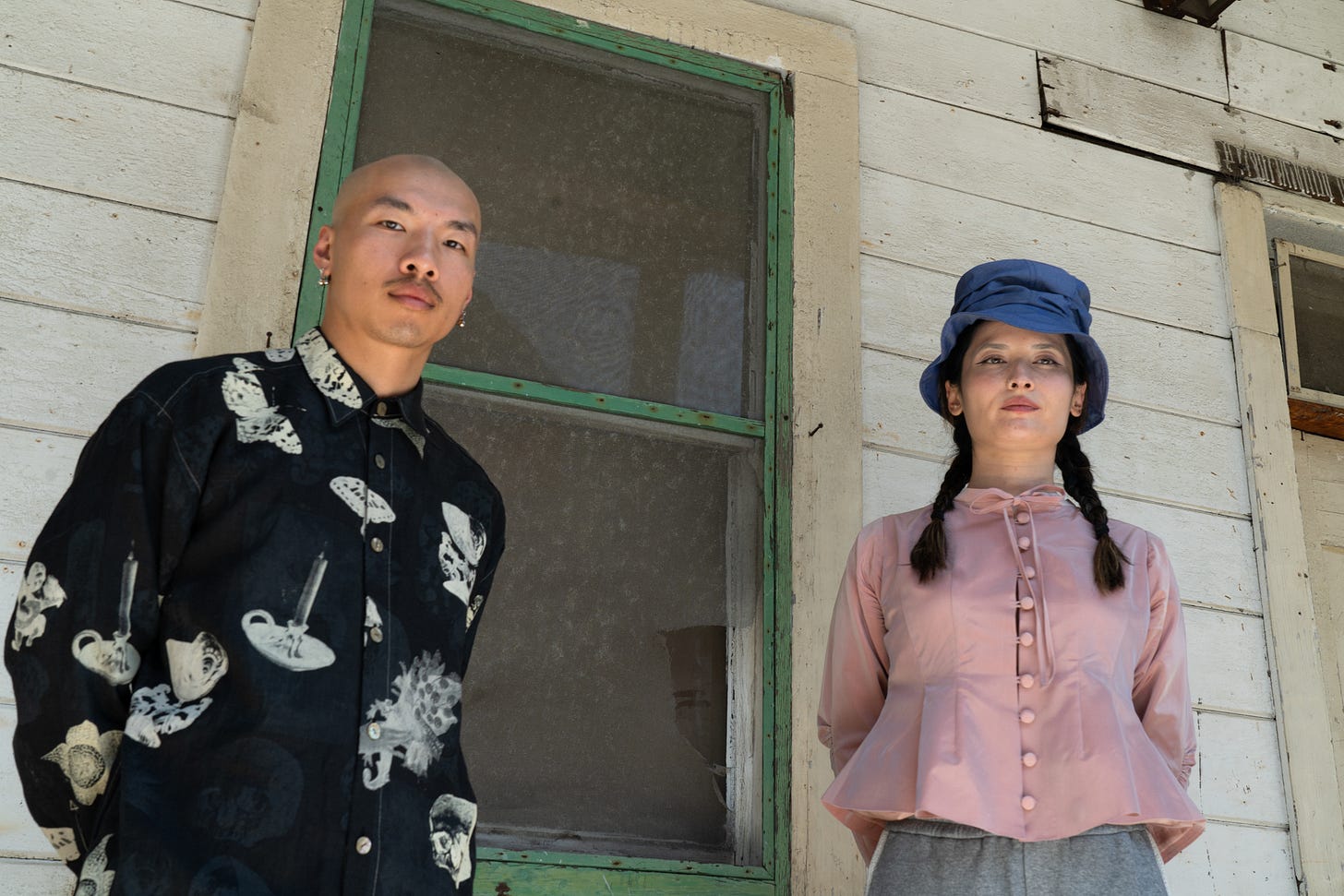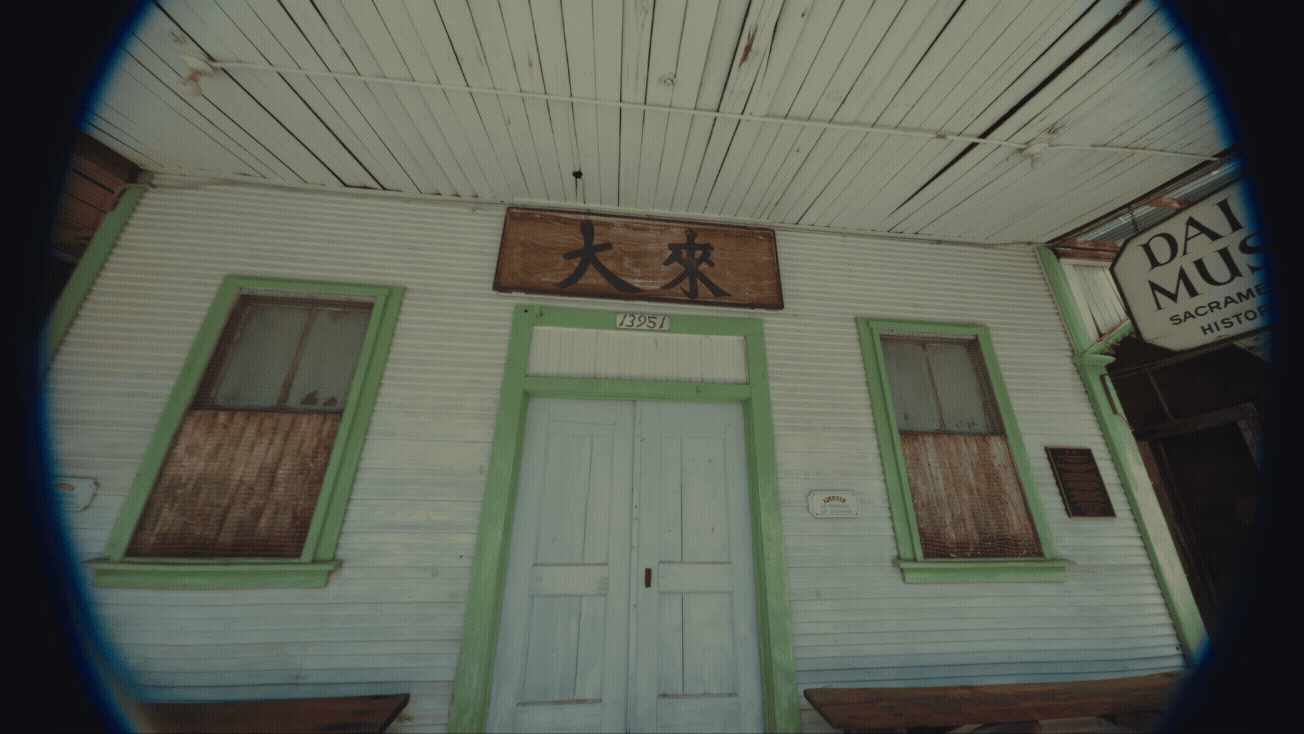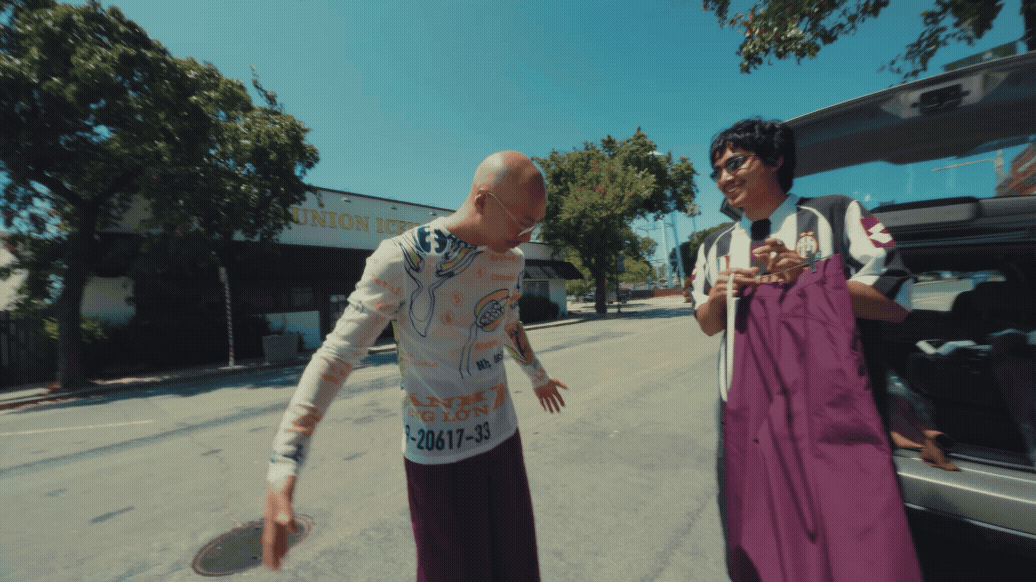How to time travel
More to the making of our editorial “Delta”
Recently we shared our first editorial and lookbook titled Delta.
This post riffs on the process of how it came together, both the visible threads and the ones less obvious. In my work with Two Two, I often find myself toggling between meaning-making and mosaic-building, piecing together fragments to form wholeness. Something that will reflect not just my vision, but the best of everyone I work with. In some ways, writing about it helps me memorialize and honor the process, the journey, and the people a whole lot more. In a world of fast pace and small bites, I’m giving myself permission to be a long winded over sharer.
Story
Delta weaves together memory and myth-making, history and heart, following a pair we call East and West. They may seem like lovers from a wayback time. At the same time, they’re also amalgamations of something enigmatic from distant universes, oral traditions, films, legends, and history itself. Conceptual time travelers.
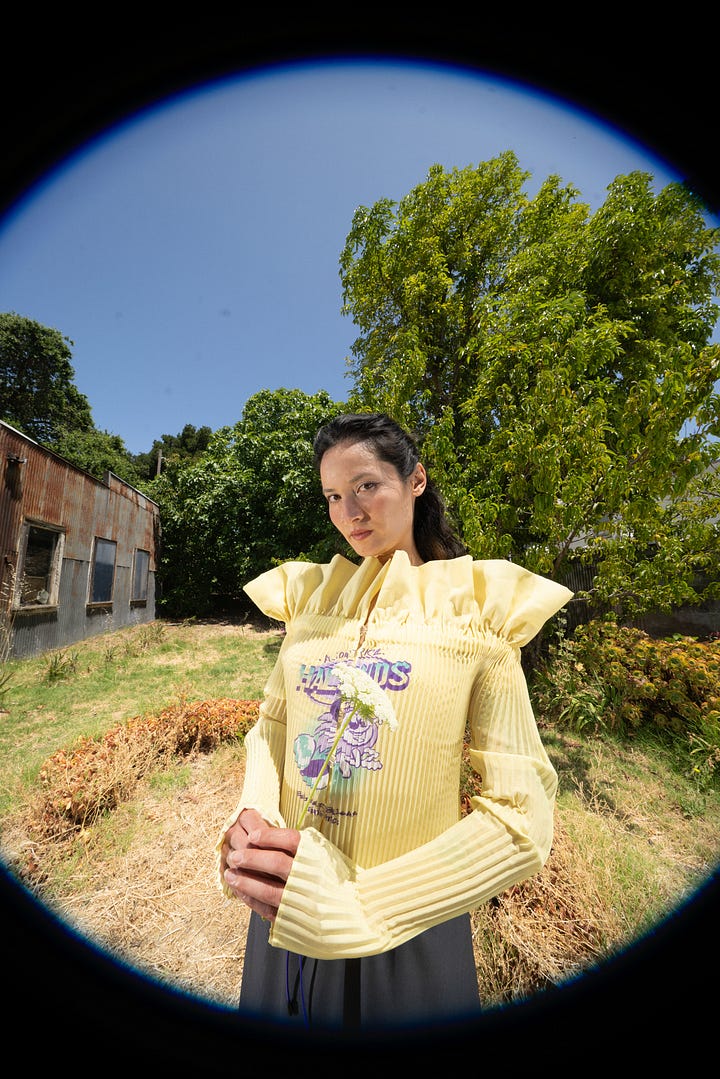
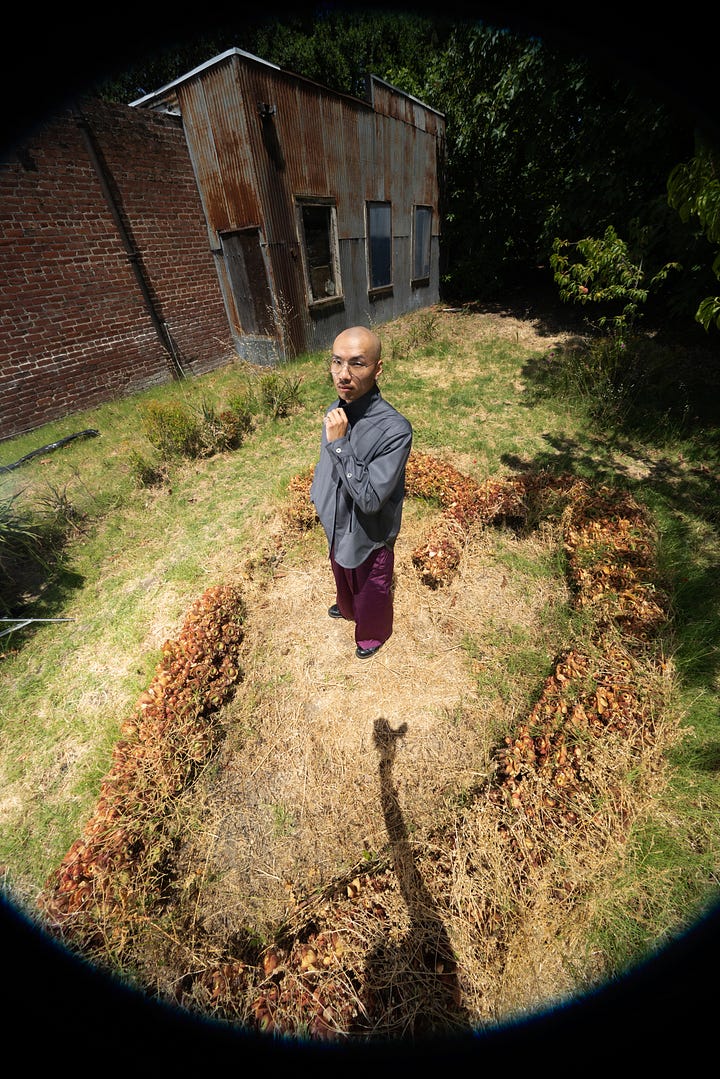
The arc of the story goes something like: boy meets girl, they fall in love, they build a life together, the end. Path of least resistance, right?
Not so much. The lookbook breaks into several short parts, delineated by the change of wardrobe and location, each layered with details we didn’t always plan for but came out perfectly through the images. The selection process for the lookbook was mind boggling. Feels like boiling down hearty components into a fine extract through decoction.
I’ll break down the chapters later on in the post.
Location
I call this our first editorial because for previous shoots, we’d simply set up at the shop on a closed day. Everything was accessible and we didn’t have to plan ahead much - just what hadn’t been shot yet in the store. Being “on location” meant more concise styling, concept briefing, and a nimble team, but it was also a chance for all of us to flex our creative muscles in a new way together. After so many shoots in-studio, we needed to switch it up and revitalize our years of collaboration.
I asked Graham (affectionately our “resident photographer” but also affectionately a multi-hyphen genius) about locations less than two hours away from Oakland. I recall sharing some prompts like “nature but not a hike” - “vast and open yet still identifiable” - “urban mysterious ghost town” - “westworld”
Without hesitation he texts a google pin and goes “check out Locke”
Seven years living in the Bay and I had no idea a real town exactly like what I described existed just an hour away.
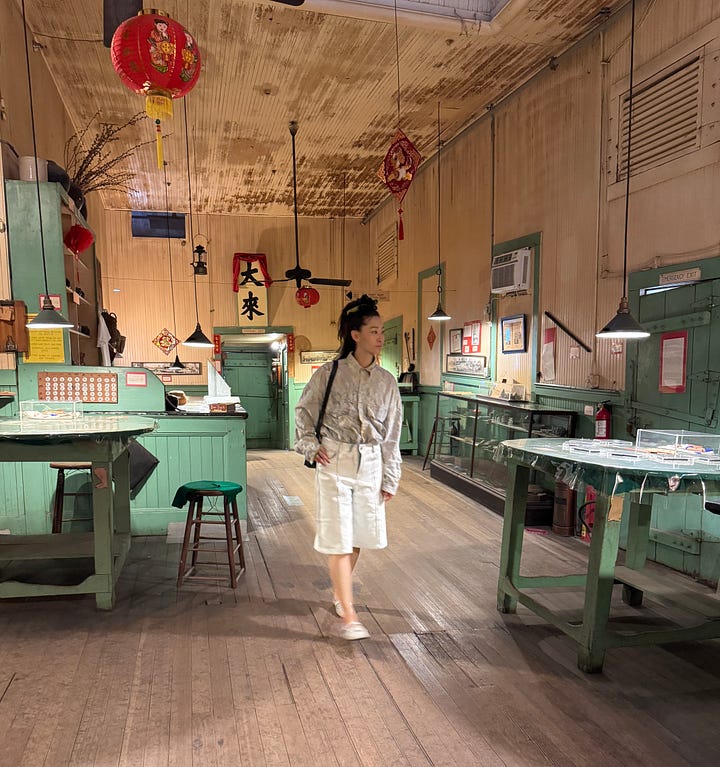
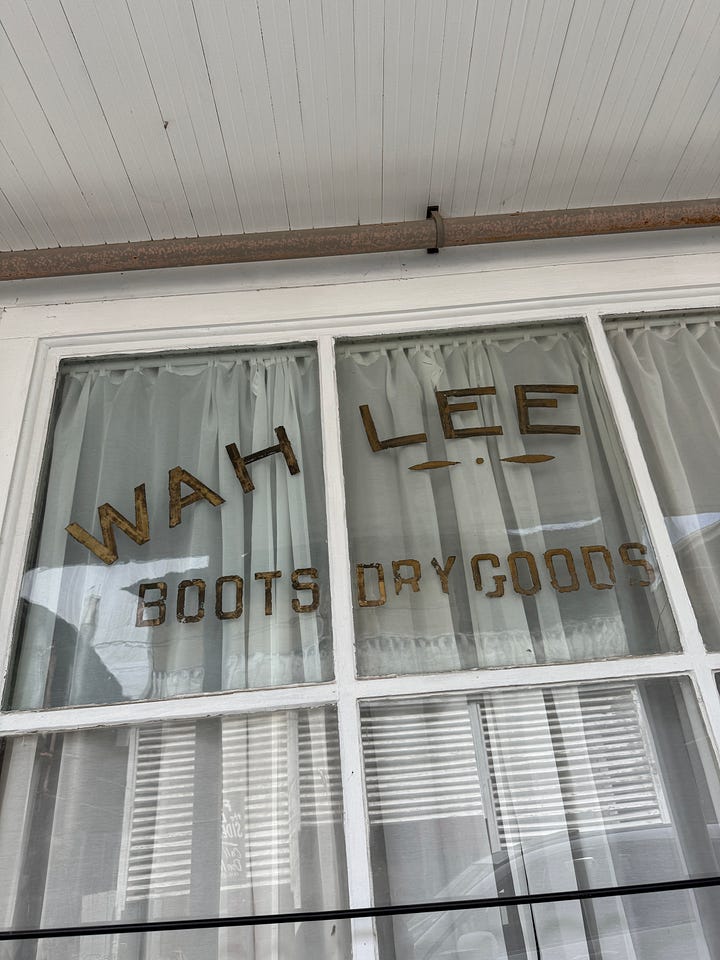
Locke and towns like Isleton in the Sacramento Delta became my fixation leading up to the first site visit (but not as much as some ‘interest’ blogs I found). I picked up on their importance as key sites in NorCal during the early 20th century, where Chinese immigrants came as laborers and contributed to the agricultural economy through levee construction, farming, food processing, and eventually built their own towns.
After the Chinese Exclusion Act of 1882, more Japanese immigrants and laborers came to the area. Isleton for instance had both Chinese and Japanese business districts. Tragically, this history includes the internment of Japanese Americans during WWII, and the loss of their homes and communities too.
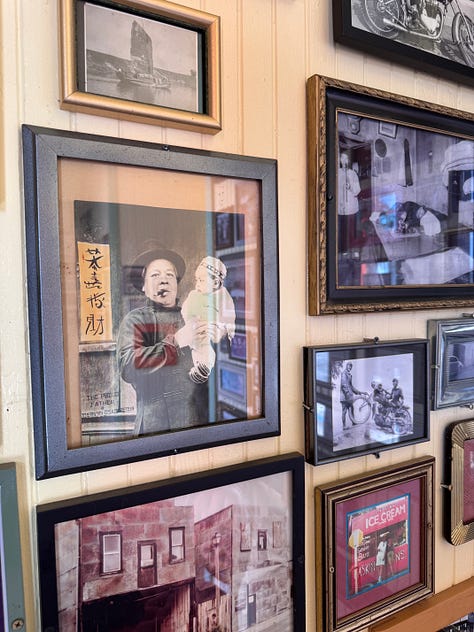
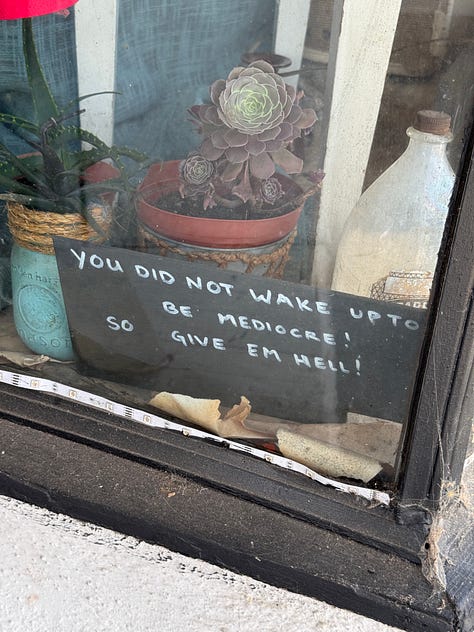
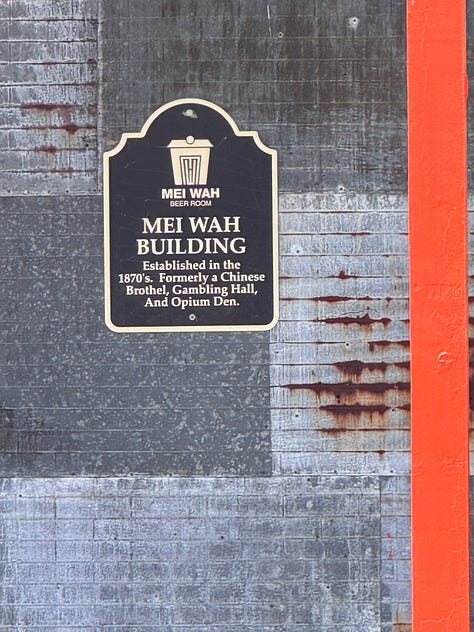
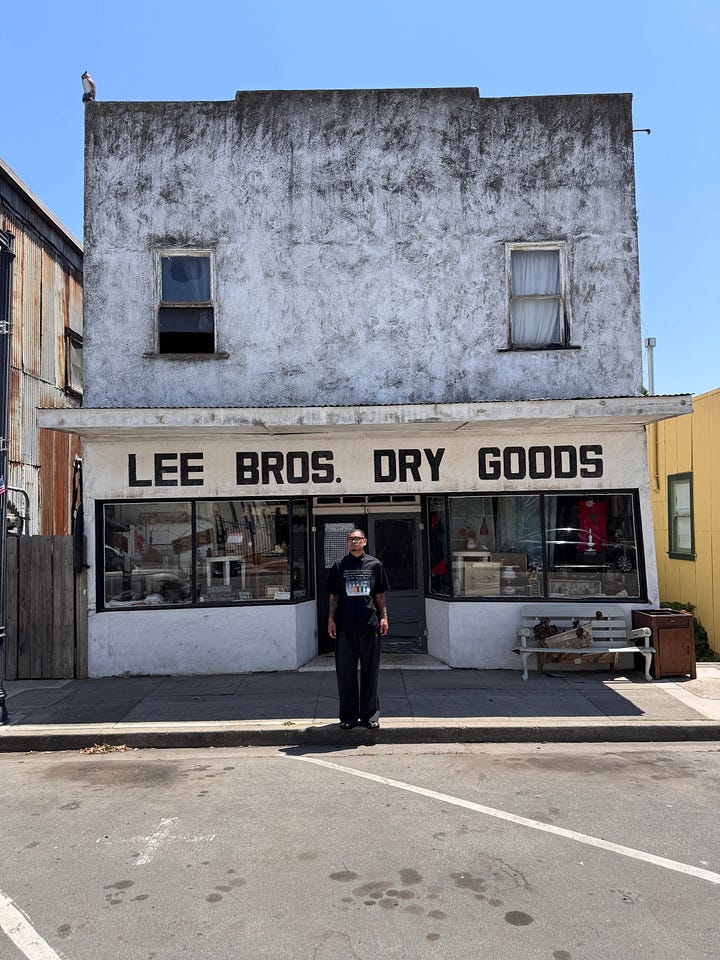
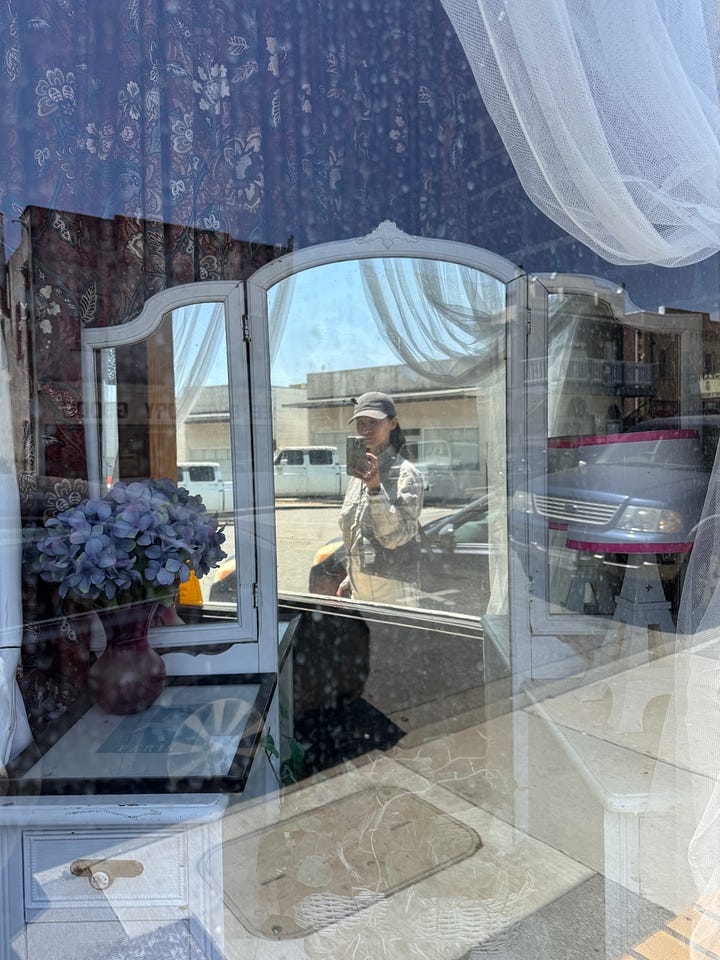
After visiting both towns, as much as I was taken by Locke’s history and slanted Old West false-front architecture, Isleton’s downtown stood out as the focal point for our shoot. The wide main road and imprint from current shopkeepers and businesses felt like they weren’t relics of a bygone era, but that there was synergy between past and present. Isleton has seen revitalization projects in recent years too.
What started off as a search for an obscure Bay Area location for a fashion editorial evolved into research and consideration for deeper visual and cultural perception.
Wardrobe
Initially, we were waiting on all of office h to arrive (the “sexy and lovable” menswear I wrote about previously) as the core styling. Coincidentally, the collection included design details that felt both Americana and futuristic. An elongated curved hem on a jacket like a classic Western shirt, an avant-garde suit dress in UPS brown, straight-leg pants and A-line skirts that felt trad and austere.
The concept seemed to come together like magic—a mind of its own. And just when I thought we were already solid, Bella came by to drop off a new batch of linen shirts and screen-printed garments from her namesake line, Isabella Manfredi. What makes her pieces drive this concept further is her focus on exploring the value of everyday objects and the wear and tear of garments. The prints are of both nature motifs and hand tools—drills, clamps, scissors, measuring tape. A construction of artifacts and heirlooms from her family.
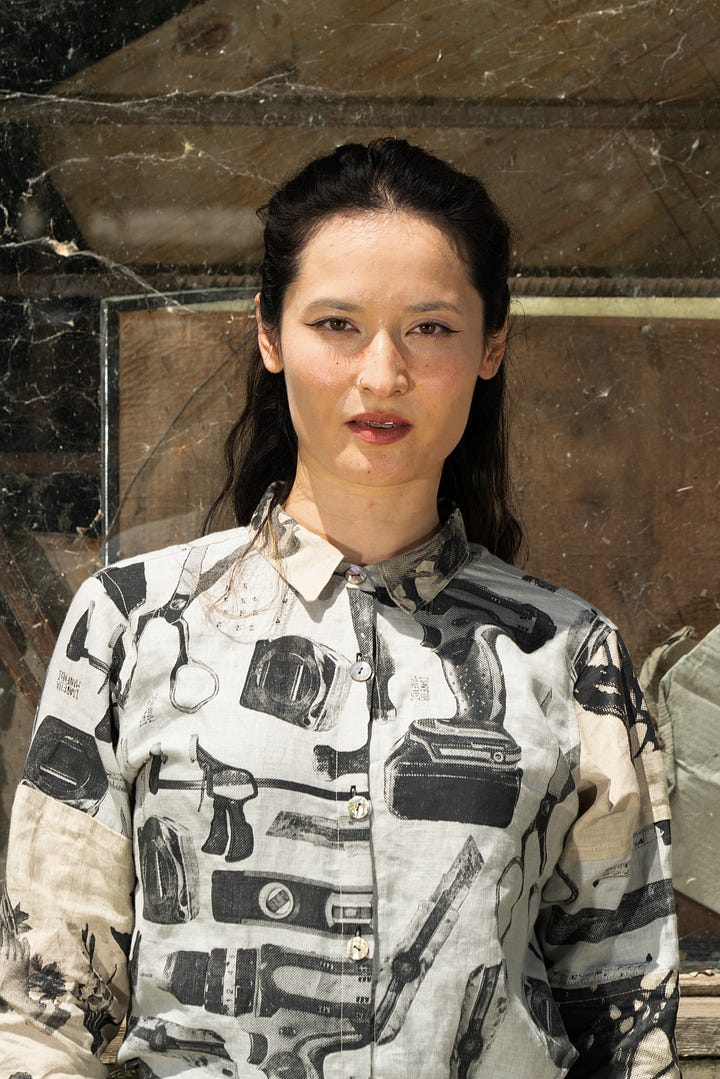
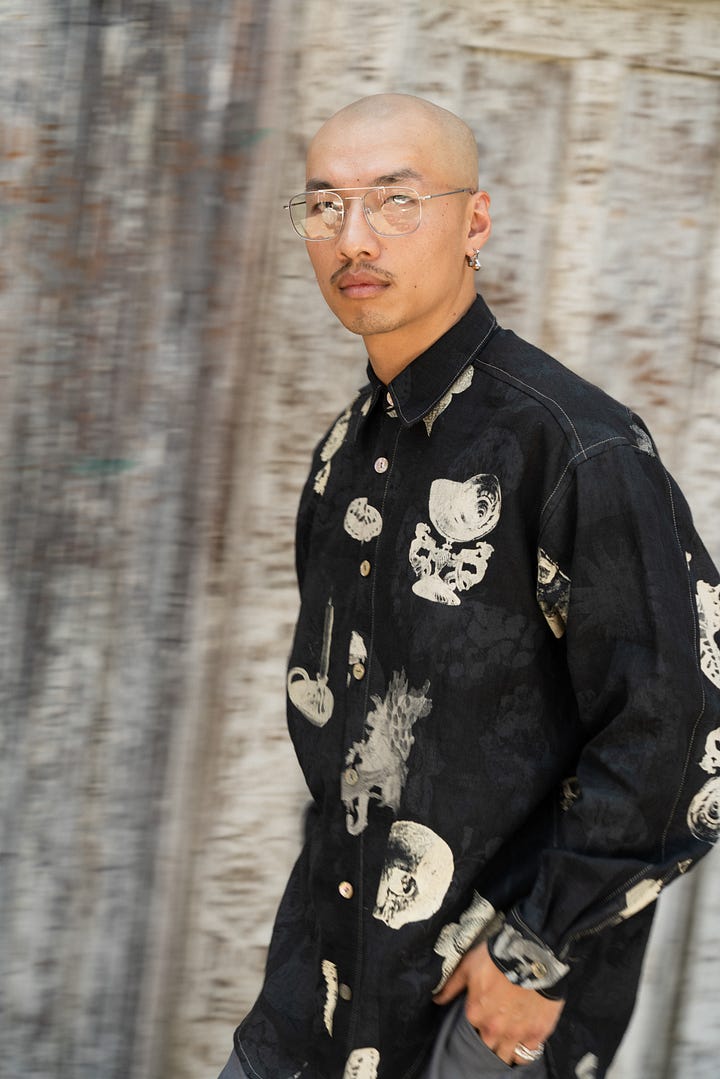
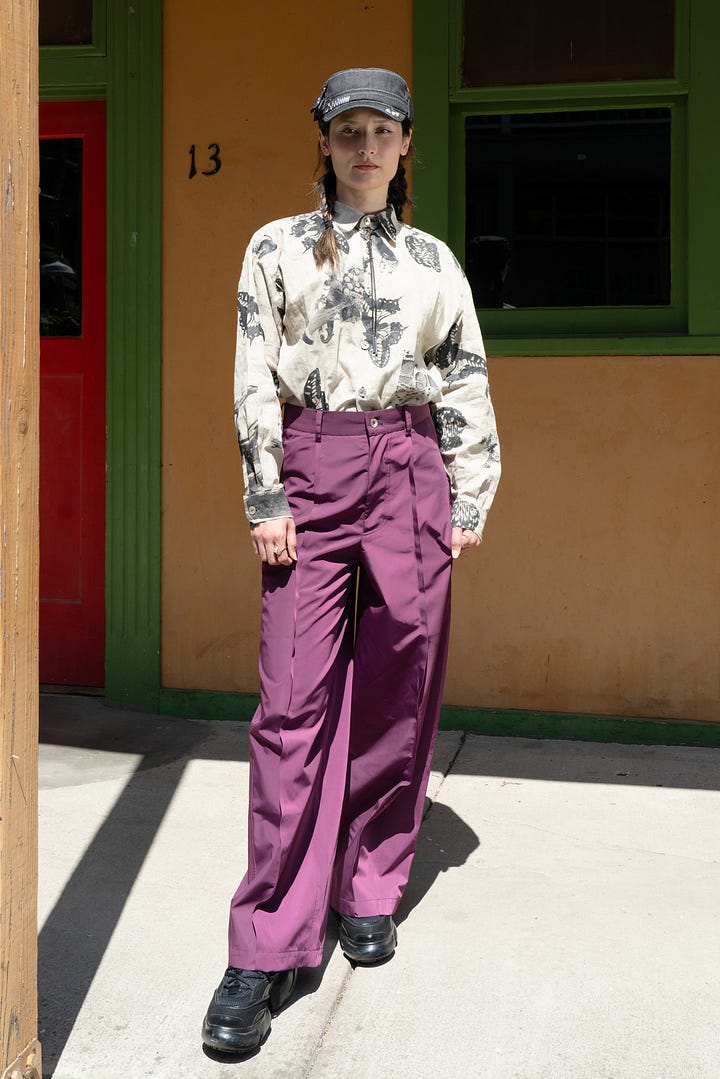
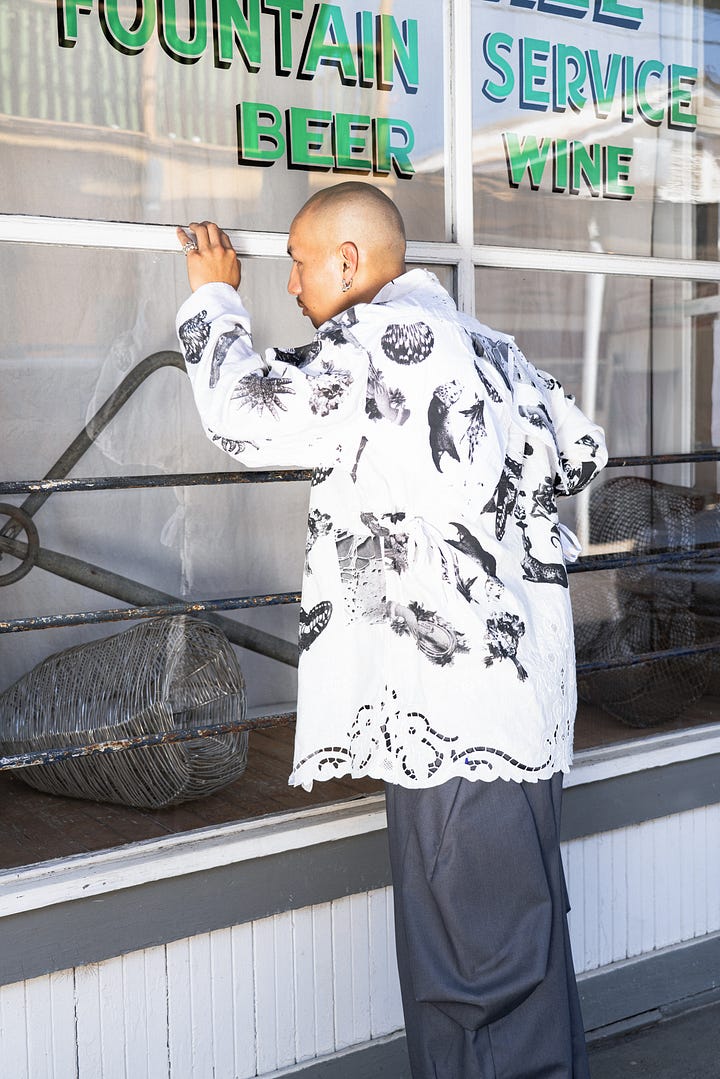
We layered in color accents and delicate construction like from Yohei Ohno, Ogura, and Lou Badger’s signature Hattie hats. These were juxtaposed with contemporary staples like SansPeng’s loungey sweatpants and Grounds’ bubble-soled sneakers. Plus machine-like jewelry and bolo tie from Lorem Ipsum really tied into the back-to-the-future concept.
Everything coming together was truly insane and beautiful to witness.
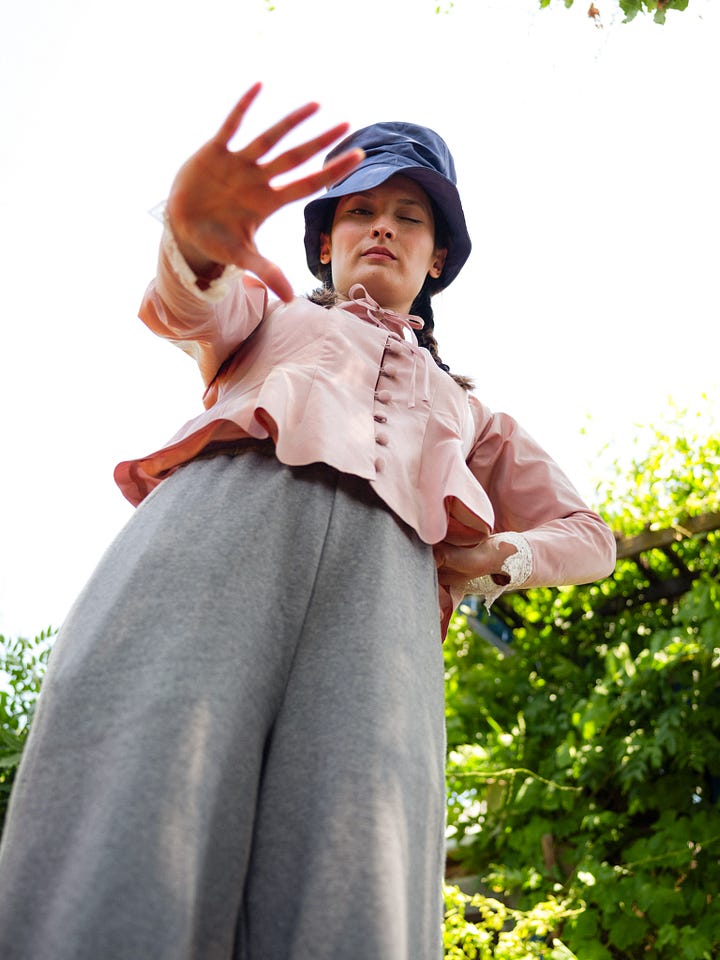
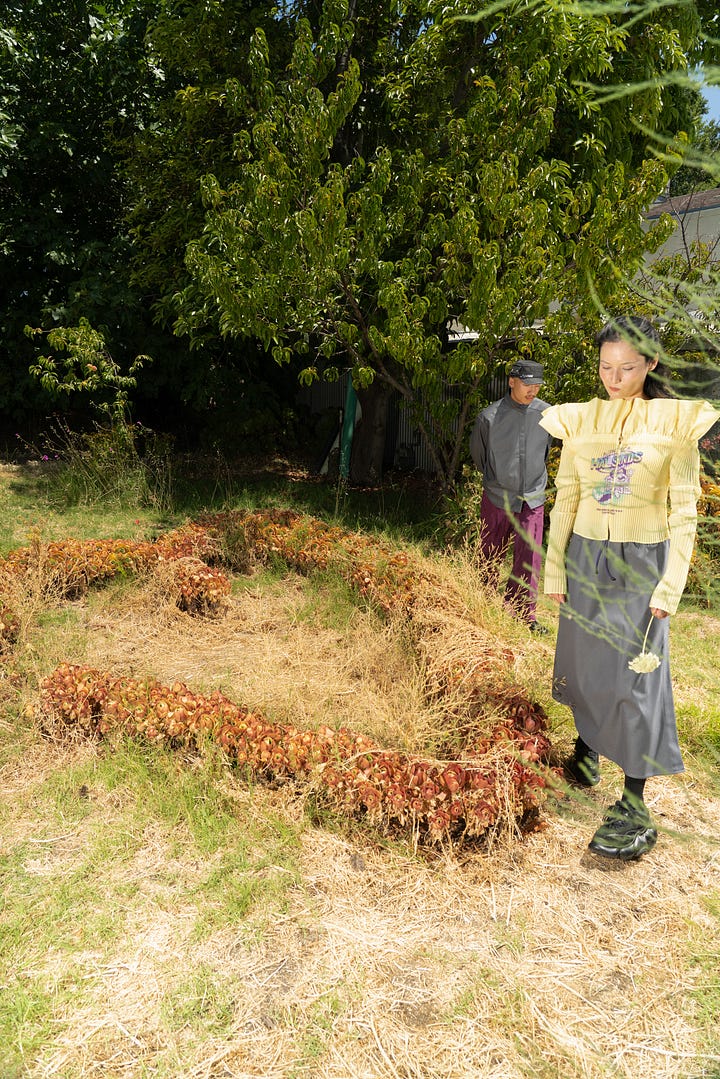
Building the lookbook
Now came the task of translating and filtering this overflowing story into our web shop’s templated structure. When reality hits :( No cool early web graphics or random flying objects across screen. Just block, text, block, text.
Sifting through the photos, the story and concept became clearer. With the delineation of the wardrobe styling and locations, each told a specific story of these fictional characters yet paired with real stories of our designers, the historical context of the place, as well as our cast and crew and the stories they carry. They became like chapters of a book.
Sitting down after a long weekend at the shop, I cranked it out in something like an 18-hour period (with a few breaks 😅). Again you can see the editorial here.
The chapters
Think of this part of the post as the director’s look behind the story. Everything I couldn’t fit onto the pages is laid right here. That way I can make room for other projects in my brain… ;)
1: Opening Text
Tenderness, time travel, temporal drift
…This portal with glitching seams is where East and West meet—where time and tenderness float, unmoored and magnetic. Part memory, part myth-making, this is a tale that drifts with time itself.
This sets the stage for the convergence of time, place, and the emotional and mental residue of things not always being what they seem. Myth-making speaks to the production of our own realities, imaginations, and the stories we share.
2: East
Introducing our model Dar as East, the Delta’s darling. While the character takes femme form, her essence of "light and long afternoons" leaves room to wonder: is East the Delta herself? Does she represent a deeper connection to the Far East or somewhere even more distant? Hmm…
3: West
If you're familiar with the term "paper son" you may know its complex origins. These young men carried fractured identities, often not their own, to enter the U.S. under restrictive immigration laws. Through falsified papers, they quietly and cleverly spoke and lived in multitudes.
West, portrayed by model and friend Charlie, is a storyteller in his own right. His brand Unsettle captures symbolism within Chinese American culture, particularly as someone who contributes to San Francisco’s music and creative subculture scenes. The painter's cap he wears (from his own line) subliminally rebukes the union label exclusions once used to marginalize Chinese laborers.
4: Alchemy
In this chapter, Dar and Char—as East and West—are forging their connection. East’s ceremonial look is otherworldly and prophetic. Jokingly, we called her the Worm Priest (credit goes to Aria for that one).
Things get shiftier here: her distant look, a rainbow moonstone bangle worn over her sleeve, Grounds shoes floating like spaceships, West’s gray suit equally draped like armor. What kind of code switch or sorcery is this?
Adding to the wtf-ness of it all, one approach was layering in more unorthodox perspectives to the lookbook, including BTS shot by Juny, to make the editorial blur realism and dream logic.
At this point, a viewer might wonder - is this town even real?
But maybe the aim is simpler. Contextualize the clothes and how they flow in real life.
5: Nine Acres
Locke was said to have been established around 1915 by Chinese merchants who, after a fire destroyed their Chinatown in nearby Walnut Grove, leased nine acres from landowner George Locke to rebuild their community on.
Nine acres, nine lives. This chapter, set against an industrial backdrop and utilitarian styling, speaks to labor’s quiet resilience. The wear and tear, the tools, and the will to build and rebuild whether that’s home, lineage, relationship, or self.
6: Legacy and lore
Through fire, flood, and forsakenness, they endured. And though the Delta now whispers no trace of their names, East and West remain—welcoming the curious to wander openly between history and the heart.
The final chapter is when we actually shoot in Locke. I had emailed the Dai Loy Museum foundation to request access of the interior (the gambling hall I dropped a photo of earlier), but the timing didn’t work out.
We shot outside its green-trimmed facade under the "Big Welcome" sign. East and West appear in more period-modern styling, with greater stature and presence. I wanted them to feel established, perhaps merchants themselves, or now spiritual guardians of the town.
"Big Welcome" then becomes an invitation: to interpret what is legacy, what is lore, and what are creative liberties in the telling of this story.
So now you know why we don’t readily leave the shop/studio for photo shoots. But when we do, there’s even more spark.
Shop all the selected looks from the shoot, many are 1-of-1s, so don’t sleep!
We’ve also been rolling out more photos, a zine project, BTS content, and goofy moments on IG. Thanks for tuning in :)


